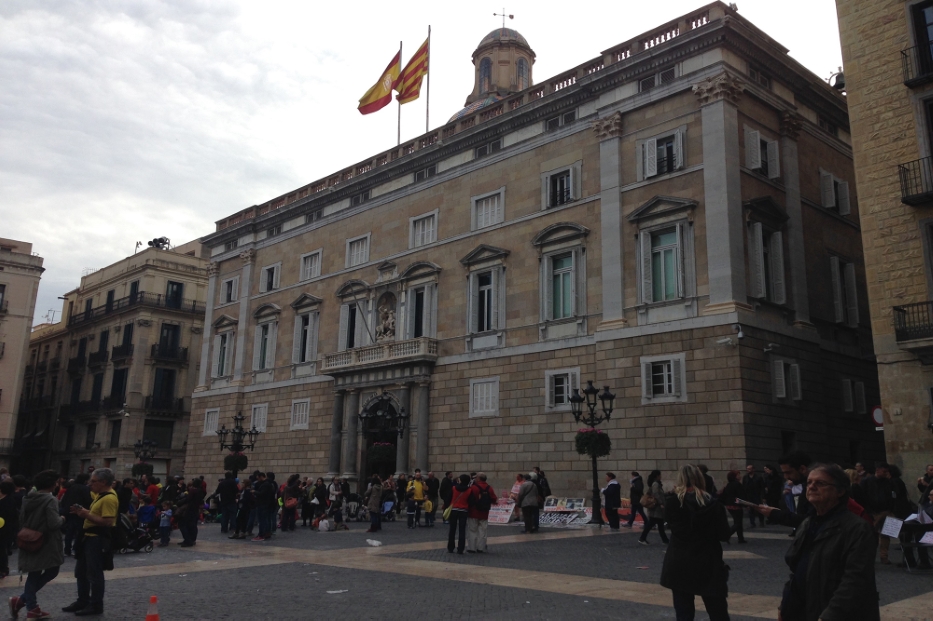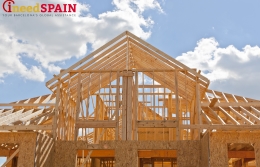
Specialists have detected signs of “stains, leakage, oxidation, build-ups, damages, as well as street paintings” on the façade of the building. Despite the fact that soon the building will celebrate its 90th birthday, it is still considered to be a “new” edifice. Along with this building, the architectural ensemble of the mayor’s office of Barcelona will restore the ancient Palau de la Generalitat on the square of Sant Jaume and a 15-story building on Sant Miquel square constructed in 1970 that still bears the nickname, “the newest building.” The authorities expect to spend almost half a million euros on the renovation works that are expected to last for more than eight months. The mayor’s office already has announced a contest for the new building’s façade restoration works.
As specialists maintain, the damages demanding restoration can be divided into four categories: insignificant, significant, serious, and very serious. The latter refers, for example, to some ledges that potentially could collapse over pedestrians walking past.
The “new” building fulfills administrative functions. It has 5 floors and a so-called “minus-one floor” (entresuelo). Moreover, this building is connected with the medieval Palau de la Generalitat via an external corridor that crosses Font de Sant Miquel street by air—by way of an elevated crosswalk.





